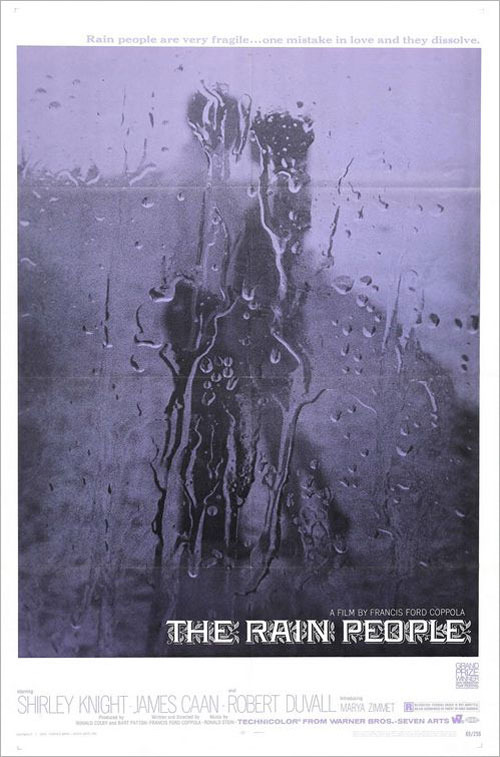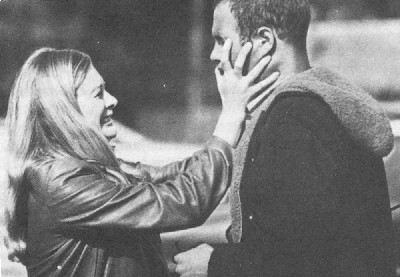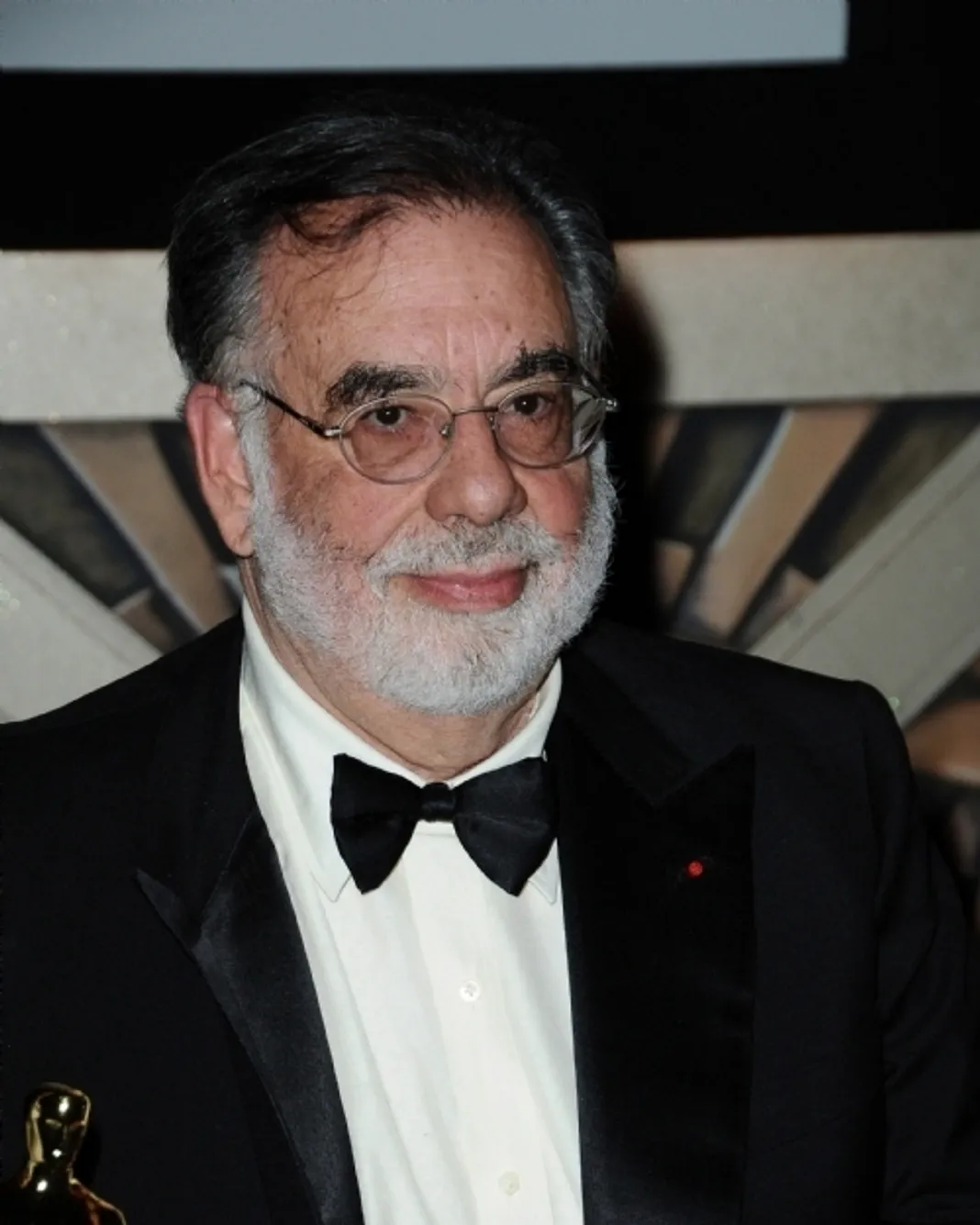 Roger Ebert confuses me. Maybe ‘confuse’ is too strong a word. I had to unfollow him on Twitter because of his Luddite leanings — one too many tweets about the Terror of the Kindle. But the man’s clearly passionate about film, far more knowledgeable than I will ever be. But then he writes what he wrote about Finian’s Rainbow and I shake my head.
Roger Ebert confuses me. Maybe ‘confuse’ is too strong a word. I had to unfollow him on Twitter because of his Luddite leanings — one too many tweets about the Terror of the Kindle. But the man’s clearly passionate about film, far more knowledgeable than I will ever be. But then he writes what he wrote about Finian’s Rainbow and I shake my head.
Of course, it’s all subjective. The point of all the film reviews, star attributions, thumbs-up and thumbs-down is to complete a kind of sales cycle. For instance, I love Bad Boys. Yeah, that’s right, Bad Boys. I also love Birth of a Nation, which is horrifically racist. And while I love Buster Keaton, Charlie Chaplin kind of bores me. Why? It sure isn’t because Charlie Chaplin is “bad.” It’s just taste.
Anyhow, I personally agree with Ebert in his assessment of this week’s classic movie, and our third in a series (check out part I here and part II here) about Francis Ford Coppola:
1969’s The Rain People.
After the disastrous Finian’s Rainbow, it appeared Coppola wanted to get back to the stripped-down, intimate style of filmmaking he fell in love with in the first place. While working on Finian’s Rainbow, Coppola wrote the screenplay for The Rain People based on an incident from his childhood. After a fight with his father, Coppola’s mother had walked out of the house and spent two days alone in a hotel room. From that seed, Coppola wrote a story about a woman who leaves her husband and sets out across America in an effort to find herself.
The plot is baby boomerism to the extreme, but something about the delicate intimacy of the filmmaking saves it from the arrogance of someone venturing into the Midwest on a search for America. Part of that delicacy stems from the approach Coppola took to production. He put together a crew of about 20 and set off on the road. The crew included a young George Lucas as production assistant, and an even younger Melissa Mathison as Coppola’s babysitter. Mathison would later be nominated for an Oscar for the screenplay for E.T.
 Ebert may have been the first person to point out that The Rain People is a mirror image of Easy Rider, also released in 1969. In Easy Rider, a couple of hippie drug dealers venture eastward across the U.S.A. in search of a middle-class retirement in Florida. In The Rain People, a woman ventures westward across the U.S.A. in search of freedom from the trappings of the middle-class lifestyle.
Ebert may have been the first person to point out that The Rain People is a mirror image of Easy Rider, also released in 1969. In Easy Rider, a couple of hippie drug dealers venture eastward across the U.S.A. in search of a middle-class retirement in Florida. In The Rain People, a woman ventures westward across the U.S.A. in search of freedom from the trappings of the middle-class lifestyle.
It’s difficult, I think, for some artists to find and stick to their strengths. As much as one can enjoy the stylistic flights of You’re A Big Boy Now or the more whimsical moments of Finian’s Rainbow, The Rain People suggests that Coppola’s strength might be with more intimate moments. For sure, Coppola adds his little flairs — intercuts of the main character’s wedding at the top of the film, and some other stuff later on — but for the most part the movie is shot in an almost documentary style that doesn’t leave any room for the characters to hide.
If there’s a weakness in the story, it has to do with the “searching for America” feel — that strange middle-class notion that one is more likely to discover what our counry means a thousand miles down the road than in one’s own front yard. It’s a weakness that displaces any potential power in the film, because it turns away from the apparent source of Coppola’s obsessions: the father and family that the woman left behind.
If only Coppola could find a story that sits closer to his obsessions with fathers and sons and his urban Italian heritage.


